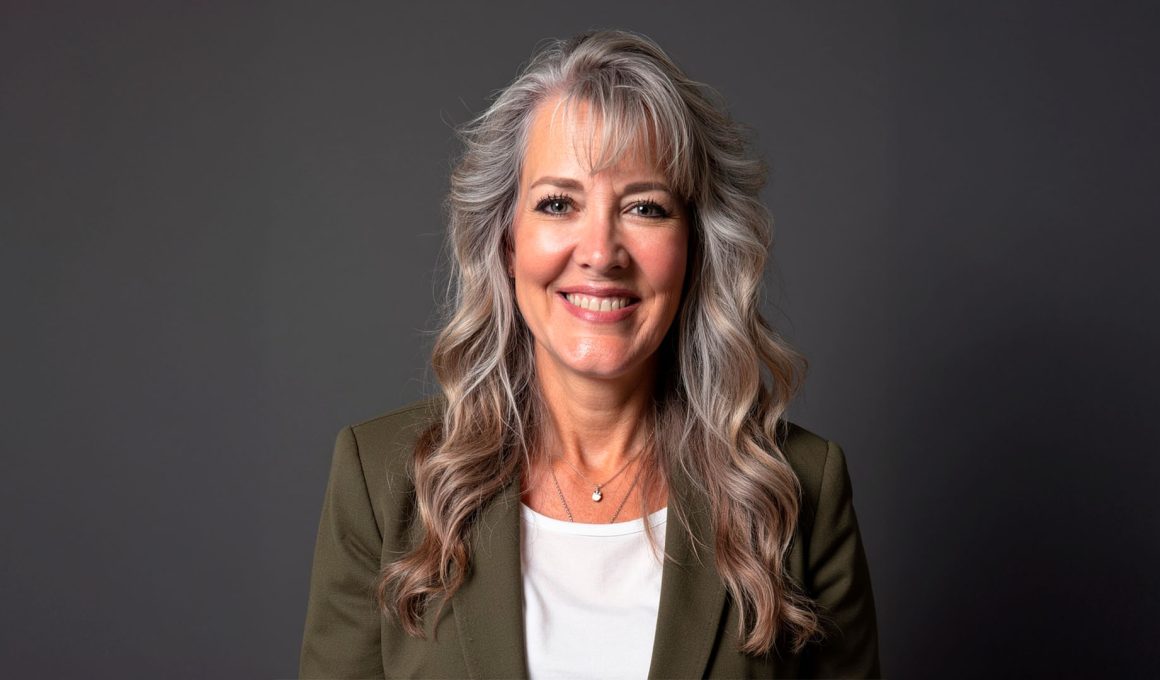For many families, moving across borders is one of life’s biggest transitions. Add pets to the equation, and the logistics become far more emotional and complex, often requiring an extra layer of planning and care to ensure peace of mind. Angela Passman, founder and CEO of World Pet Travel, has built a reputation for designing travel experiences that prioritize both animal welfare and customer comfort. “Every pet deserves the safest, most seamless journey, no matter where life leads their family.”
Experience That Shapes Empathy
Today, World Pet Travel operates globally with a structured process that avoids the reactive, crisis-driven approach she experienced firsthand. Passman has personally moved her pets internationally on three separate occasions. “I understand what people are going through from selling the house, the car, the kids’ things, whatever they’re selling in order to move,” she explains. “Having lived the experience, I feel like I can really relate to the clients going through the same process.” Her first attempt at moving her pet with the help of another company revealed major shortcomings. “I was the guinea pig for the company I hired,” Passman recalls. “I found that I could have done it a lot easier than what they did, which is why I started the business.”
Transparency and Trust at Every Step
For Passman, the foundation of a customer-centric pet travel experience is communication. She and her team keep clients informed at every stage of the process, from veterinary documentation to customs clearance. “We make them very aware of each step that’s coming along,” she says. “That seems to give them comfort in knowing we know what’s going on and are preparing them for what’s next.” This level of transparency is crucial in an industry where uncontrollable factors such as airlines and government agencies can disrupt even the best-laid plans. The United States Department of Agriculture frequently poses unexpected hurdles, particularly with approvals and documentation. “When they mess up, it sends everything into a tailspin,” she explains. In those moments, her team works quickly to rebook flights, reestablish timelines, and reassure anxious clients.
Empathy in High-Stress Situations
Unexpected disruptions can be overwhelming for pet owners, especially when travel timelines are tight. This is where she sees the focuses on empathy and compassion as setting her team apart. Every staff member at World Pet Travel has relocated their own pets, which allows them to connect on a personal level with clients facing setbacks. “I spoke with someone recently who was frantic because his dogs couldn’t leave as planned,” she says. “I told him, ‘I’ve been through this. I understand what you’re going through. Let’s make this decision tonight and figure out the rest tomorrow.’” That blend of reassurance and step-by-step guidance helps reduce stress when plans fall apart.
Practical Strategies for Stress-Free Pet Travel
Creating a customer-focused experience begins long before the travel date. While her team can organize a move in as little as 30 days, Passman prefers four to five months of preparation. This timeline allows for accurate documentation, correct vaccinations, and sufficient time for pets to acclimate to their travel kennels. One of her key pieces of advice is crucial: follow instructions carefully. “Read the emails we send, follow the process we outline—that keeps things from going awry,” she says. “Crate training a dog is paramount to anything else,” she adds. “If a dog knows its crate and sees it as a den, travel is less stressful for them, therefore less stressful for the owner as well.”
Looking Ahead in Pet Relocation
The future of pet travel is gradually improving as government agencies and airlines adopt more streamlined processes. While progress has been slow, Passman points to significant advances in the last five years and expects continued improvements. However, she stresses that technology has its limits when it comes to animal comfort. “Dogs are dogs, cats are cats,” she says. “Technology can only go so far with acclimatizing them to a crate.” As for tech innovations like cameras inside travel crates, Passman cautions that constant monitoring can backfire. “If your pet sits at point B for more than five minutes, the owner wants to know why it hasn’t moved on,” she explains. “Ignorance is bliss in some instances. I believe this is one of them.”
Building Confidence Through Care
Passman’s approach is helping to build trust in an industry where the stakes are deeply personal. Her customer-centric philosophy keeps clients informed while respecting the emotional bond between people and their pets with a process that minimizes stress for both. For Passman, the reward lies in hearing from families once their pets are safely reunited after a long journey — moments that validate the long hours and constant attention to detail. “When a client sends me a picture of their dog curled up on the sofa in a new home, I know we’ve done our job,” she says.
To connect with Angela Passman and learn more about World Pet Travel, follow her on LinkedIn.








